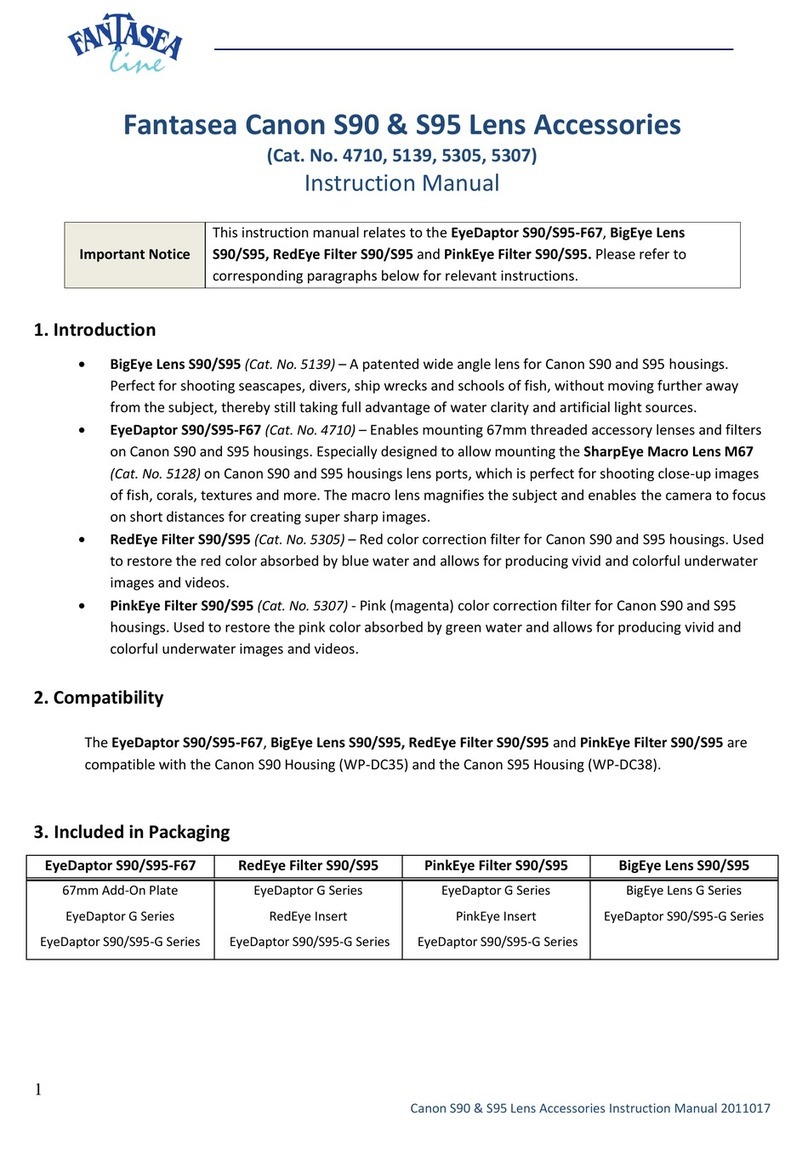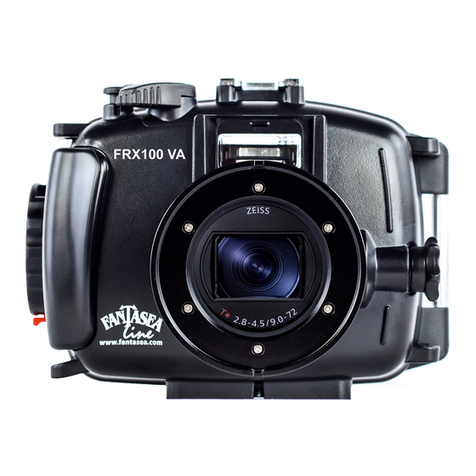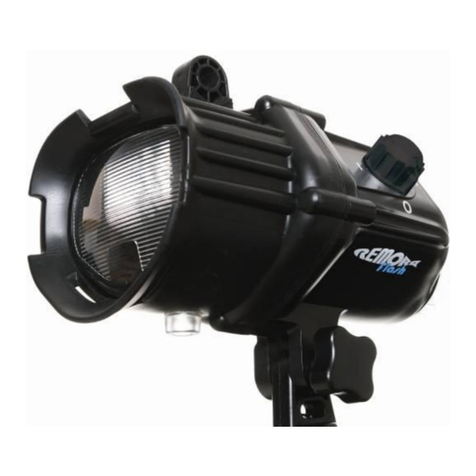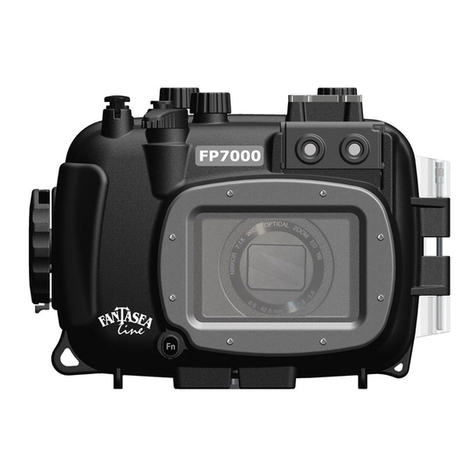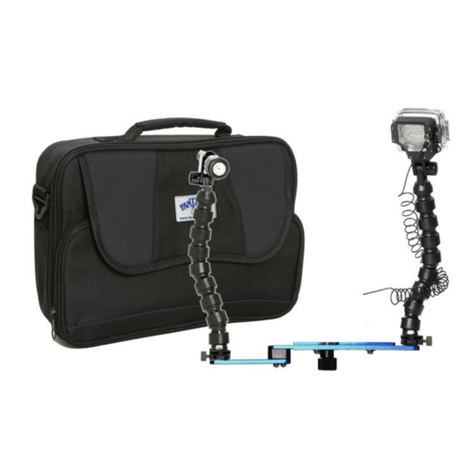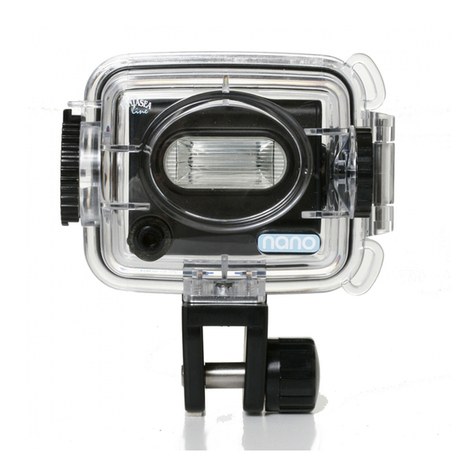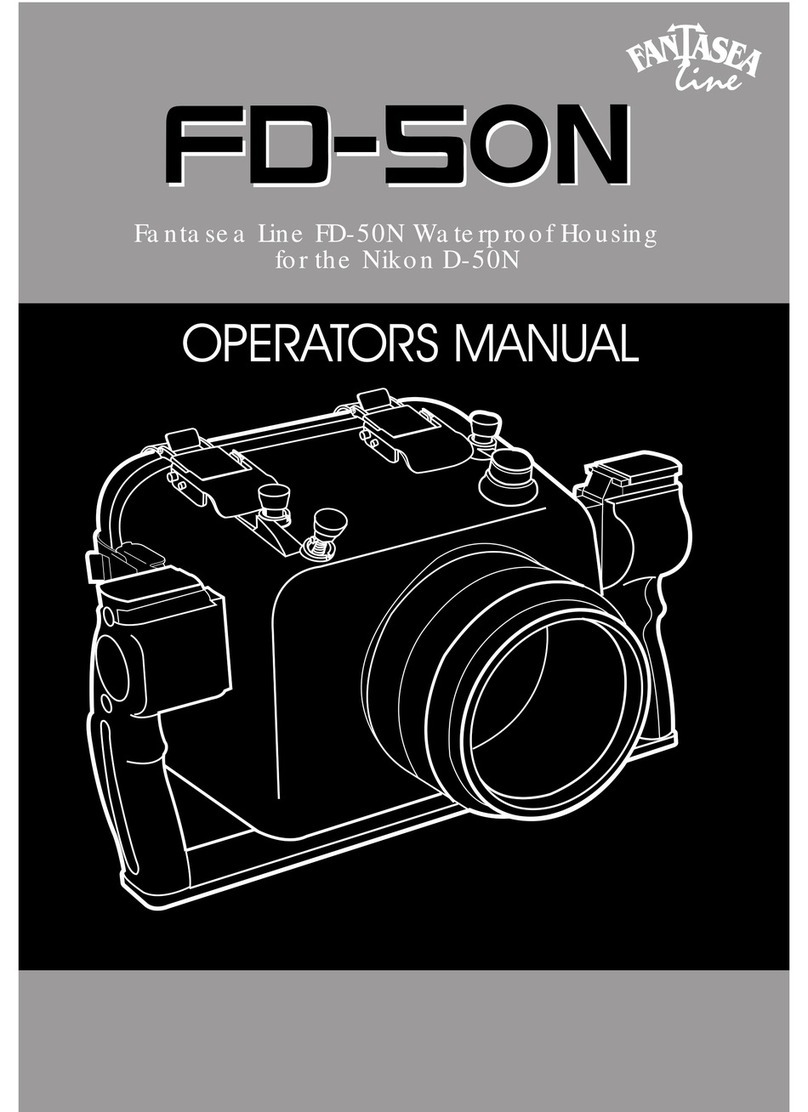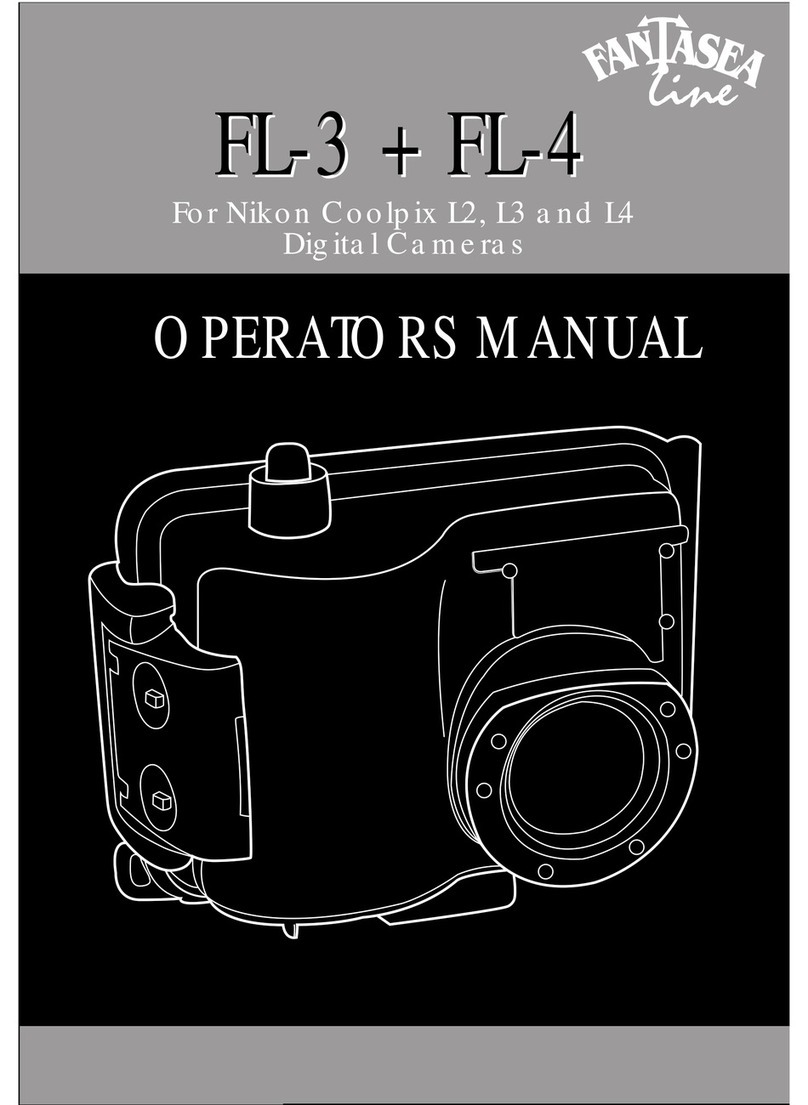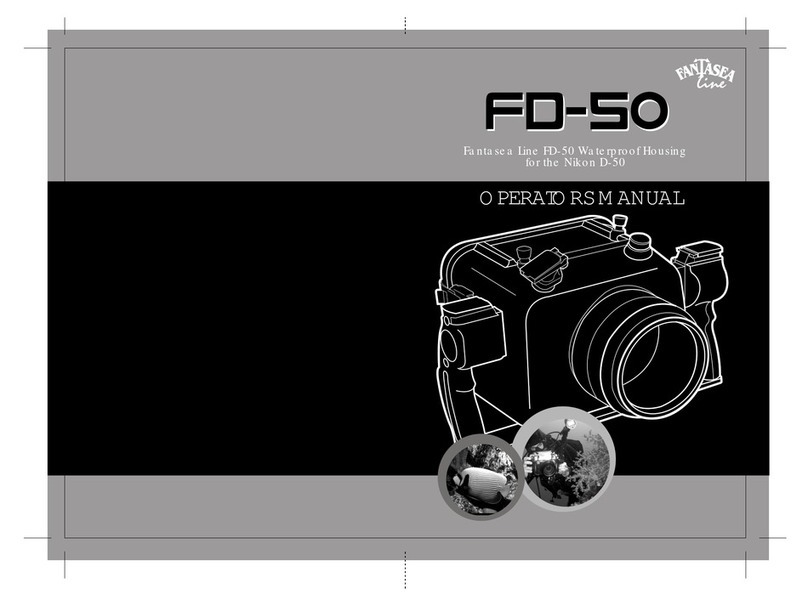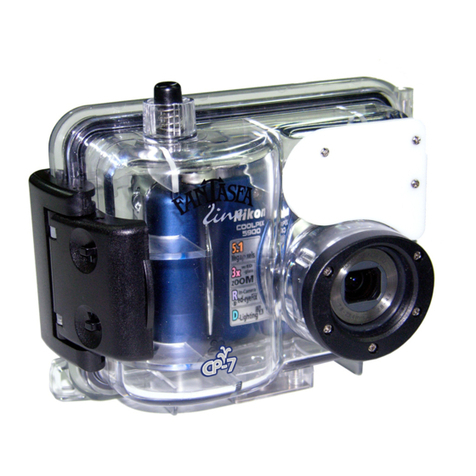Flash Mode: Choose to use the built-in flash in its Auto mode which will put out
flash when the camera detects a low light situation, Anytime Flash, Flash with
Red-Eye Reduction, or Cancel Flash for pure ambient light exposures.
Option Selects: When making camera settings, these two controls will allow you
to scroll through the options associated with the particular feature.
Option Set Button: This control sets the option you select for the particular feature
and instructs the camera to use the option until changed.
Camera Standby Mode: You can access the camera’s menu to choose how long
a period of inactivity before the camera goes into standby mode. Options are 30
seconds, one minute, five minutes, and 30 minutes. This feature allows you to
conserve battery power by placing the LCD monitor in standby. When you want
to resume shooting, pressing any button will re-activate the camera. However, if
after the camera goes into standby, a further period of three minutes goes by
without any activity, the camera will turn off. You can turn it back on by pressing
and holding the quick review for about three seconds. The “Welcome to Nikon
Coolpix” screen will appear. One additional press of the Quick Review button will
then return the camera to active shooting mode. If the camera does turn off, flash
and macro focus settings will be cancelled. You must re-set these features to your
desired optional settings.
Care & Maintenance:
The CP-3 housing requires only a minimum amount of care for reliable performance.
The following are tips that will enable you to get the best results.
1. Always soak your housing in fresh water for 20-30 minutes after every dive
to dissolve the salt water crystals from around the controls and openings of
the housing. Manipulate each of the movable controls to assist the removal
of salt particles from these tight areas.
2. Allow the housing to dry thoroughly before packing away for the day or for
the trip home. You may use a soft towel or cloth to dry the housing. Be sure
there is no grease or other debris on the towel.
3. Visually check the condition of the gasket before every dive. If it is dirty,
clean it with fresh water and dry it with a soft cloth as described above. If
it is damaged in any way, such as cut or perforated, replace it immediately.
4. Do not use grease or any other type of lubricant on the gasket when closing
the housing.. It does not increase the ability of the gasket to make a proper
seal.
5. Be careful not to get greasy fingerprints or dirt on the lens port. This will
